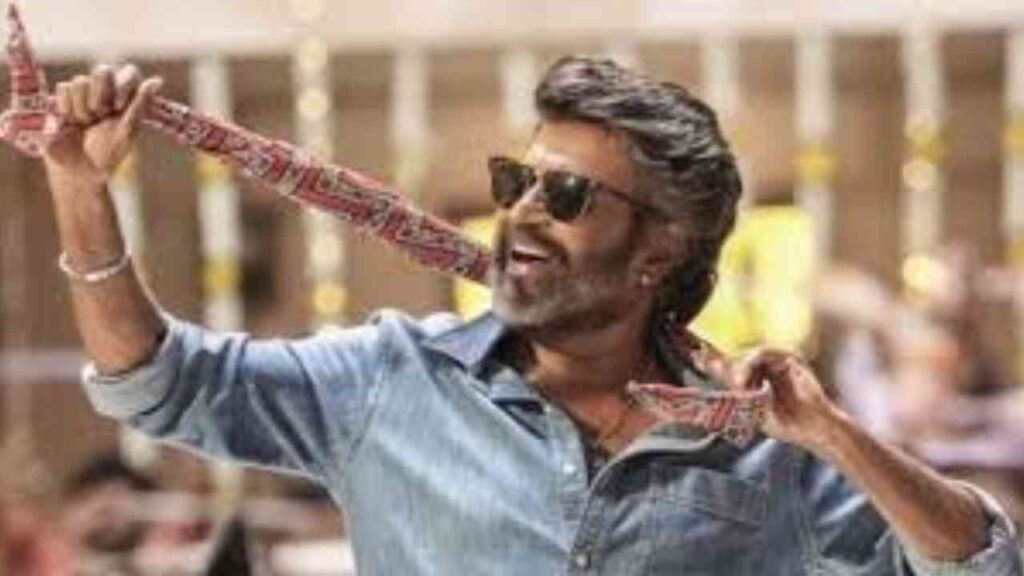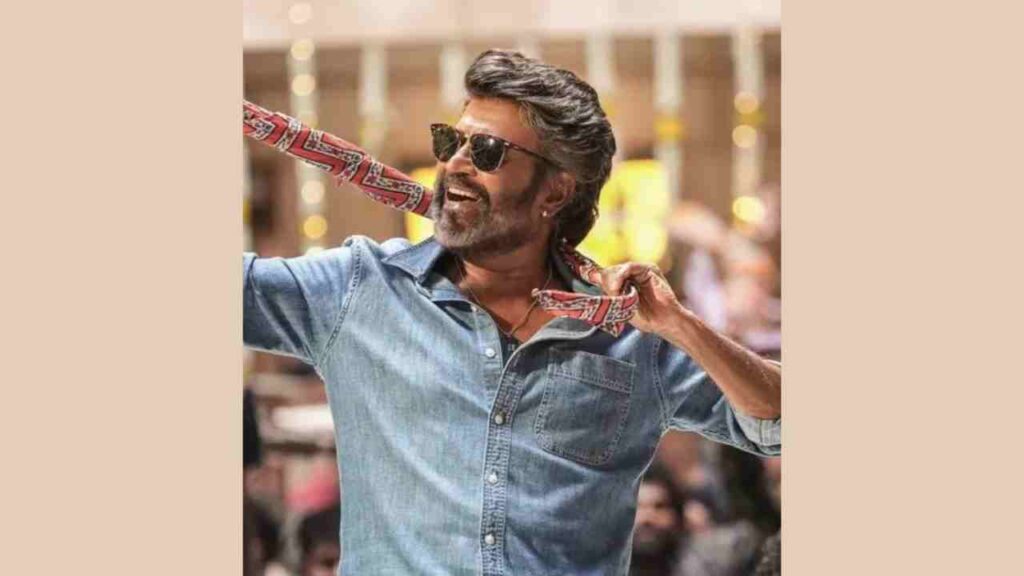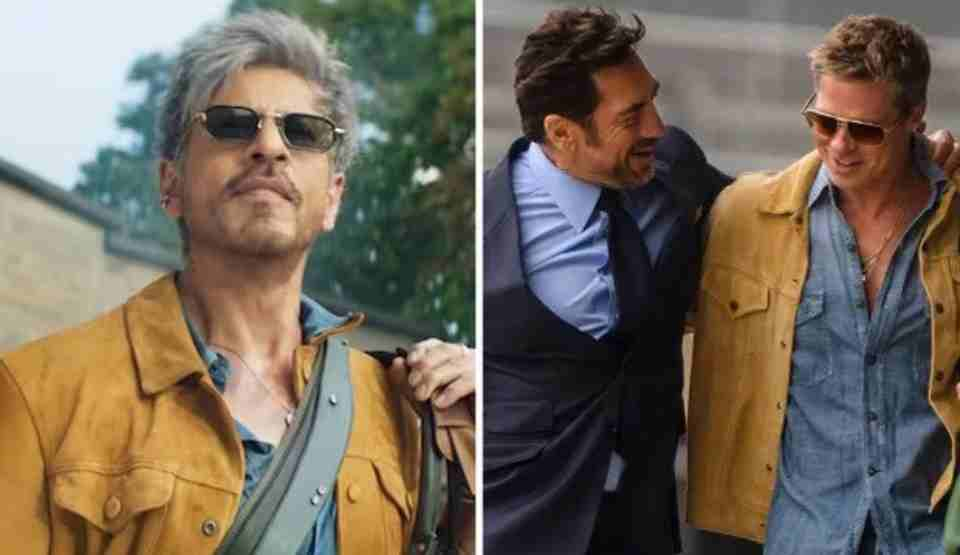For Indian cinema’s most beloved superstar, 50 years in films represents more than professional longevity—it marks an unprecedented transformation of movie theaters into temples and audiences into devotees across the globe.
When Shivaji Rao Gaekwad, soon to be known as Rajinikanth, stepped onto a Chennai film set in 1975 for his debut in “Apoorva Raagangal,” few could have predicted that this brief appearance as a swaggering antagonist would launch one of cinema’s most extraordinary careers. Today, at 74, with 170 films behind him, Rajinikanth’s latest release “Coolie” celebrates not just another movie but a cultural phenomenon that has redefined the relationship between star and audience.

From Poverty to Pantheon
Rajinikanth’s journey embodies the ultimate rags-to-riches narrative that resonates deeply with his working-class fanbase. Born as one of four children to a police constable, he experienced grinding poverty firsthand. After dropping out of college, he worked as a porter—ironically, the same profession his character represents in his anniversary film “Coolie.”
“When I dropped out of college, my father sent me to work as a coolie,” Rajinikanth once recalled, highlighting the authenticity that would later make his on-screen portrayals so compelling.
A relative’s intervention led to his job as a bus conductor, but it was a friend’s recognition of his theatrical passion that changed everything. Pooling resources to send him to the Madras Film Institute, this friend unknowingly set in motion one of Indian cinema’s greatest success stories.
Breaking the Hero Mold
At the state-run film school, talent scout K. Balachander recognized something special in the aspiring actor and cast him in his first role. Rajinikanth immediately challenged Tamil cinema’s established hero archetype—fair-skinned, soft-spoken leading men like the legendary M.G. Ramachandran.
Instead, his dark complexion, rustic dialect, and streetwise charisma became defining characteristics that separated him from conventional stars. This authenticity would prove to be his greatest asset, making him relatable to audiences who rarely saw themselves reflected in mainstream cinema heroes.
Evolution of an Icon
Rajinikanth’s career trajectory reveals a masterful understanding of audience expectations and cinematic evolution. He began by embracing anti-hero and villainous roles in acclaimed films like “Moondru Mudichu” and “Pathinaru Vayathinile,” establishing his dramatic credentials through morally complex characters.
The 1980 blockbuster “Billa” marked his transformation into an action hero, a role that would define much of his subsequent career. From there, he expanded into Bollywood productions and even appeared in the American film “Bloodstone,” demonstrating his versatility across film industries and cultures.
His later career saw him embrace larger-than-life vigilante roles and spiritual characters in films like “Sri Raghavendrar” and “Baba.” The unexpected international success of “Muthu” in Japan in 1998 proved his appeal transcended cultural boundaries, while technological spectacles like “Sivaji” and “Enthiran” showcased his adaptability to modern filmmaking.
Beyond Style: Substance and Values
Critics initially dismissed Rajinikanth as merely a “Style King,” focusing on his trademark cigarette flicks, sunglasses maneuvers, and punchy dialogue delivery. However, this surface-level analysis missed the deeper values his characters consistently embodied: loyalty, courage, humor, and above all, justice.
Director S.P. Muthuraman, who collaborated with Rajinikanth on 25 films, attributes his enduring success to “hard work, dedication, goodwill, and responsible behavior towards co-stars, producers, and distributors”—qualities that extended beyond his screen persona.
A Religion Built on Devotion
The depth of Rajinikanth’s cultural impact becomes apparent in the rituals surrounding his films. Movie releases transform into religious festivals, with fans performing elaborate ceremonies: coins thrown at screens, camphor burned in theaters, flowers showered on his image, and life-sized cutouts bathed in milk.
Author Naman Ramachandran notes that Rajinikanth’s fanbase spans from “Wall Street bankers to washerwomen in Tamil Nadu,” united by his portrayal of the underdog’s dream—triumphing against odds while maintaining humanity.
The 2015 documentary “For the Love of a Man” captured this extraordinary devotion, showing fans mortgaging homes and selling family gold to celebrate film releases. As filmmaker Rinku Kalsy observed: “This isn’t fandom, it’s identity. He represents what they aspire to be—humble, moral, yet powerful when it matters.”

Temples, Aircraft, and Social Service
Physical manifestations of this devotion are staggering. Temples built in his honor house thousands of worshippers, while his Chennai home serves as a pilgrimage site for fans seeking blessings or requesting him to name their newborns.
In 2016, AirAsia unveiled an aircraft featuring his image to promote the film “Kabali”—a testament to his commercial and cultural significance. His approximately 50,000 fan clubs regularly organize blood drives, disaster relief efforts, and community services, transforming celebrity worship into social action.
This year’s anniversary celebrations have reached new heights, with a fan in Madurai district constructing a temple adorned with over 5,500 posters and photographs, complete with an idol for worship.
The Political Path Not Taken
Unlike many Tamil cinema stars who leveraged their popularity into political careers, Rajinikanth has maintained a unique position. While he has dabbled in political commentary, he has never launched a party or contested elections, preserving his role as a moral beacon rather than a political figure.
This decision has perhaps enhanced rather than diminished his influence, allowing him to remain above partisan politics while embodying universal values that transcend political divisions.
Cultural Legacy and Continuing Influence
Film historian Theodore Baskaran suggests that Tamil cinema’s greatest stars occupy spaces once reserved for folk deities—a observation that perfectly captures Rajinikanth’s cultural position. His influence extends far beyond entertainment, shaping how millions of fans view themselves and their possibilities.
As his daughter Aishwarya Rajinikanth wrote: “My father never ever behaves like a superstar at home… except in his movies.” This humility, combined with his on-screen larger-than-life presence, creates a perfect balance that sustains his appeal across generations.
At 74, with five decades of unprecedented stardom behind him, Rajinikanth continues to prove that true cinematic immortality comes not from career longevity alone, but from becoming an integral part of people’s dreams, aspirations, and daily lives. His story remains the ultimate testament to cinema’s power to create not just entertainment, but meaning, hope, and even divinity in the lives of ordinary people.






